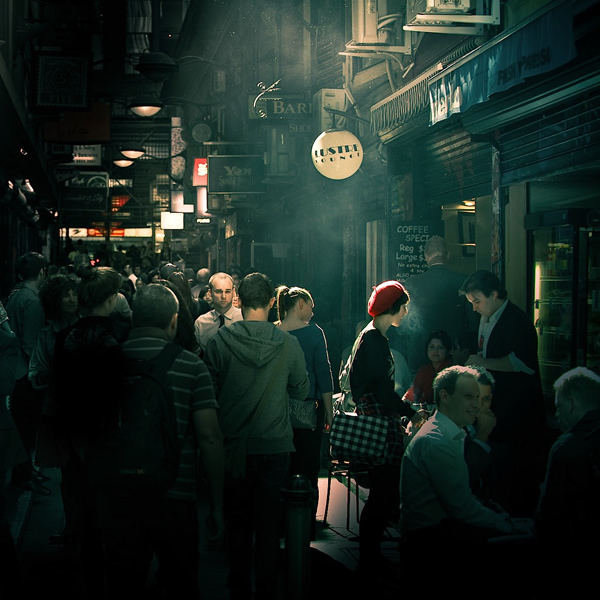Fascination About Street Photographers
Fascination About Street Photographers
Blog Article
What Does Street Photographers Mean?
Table of ContentsSome Ideas on Street Photographers You Should Know5 Simple Techniques For Street PhotographersStreet Photographers for DummiesFacts About Street Photographers Uncovered9 Simple Techniques For Street Photographers
Road digital photographers do not necessarily have a social purpose in mind, yet they choose to isolate and record moments which may or else go undetected.He was affected by numerous of those who influenced the street professional photographers of the 1950s and '60s, he was not primarily interested in recording the spirit of the street., that functioned side by side with professional photographers attempting to record the essence of metropolitan life.
Since of the relatively primitive modern technology available to him and the long direct exposure time needed, he battled to capture the hustle and bustle of the Paris streets. He try out a collection of photographic techniques, attempting to locate one that would certainly allow him to capture movement without a blur, and he discovered some success with the calotype, patented in 1841 by William Henry Fox Talbot. As opposed to Atget, photographer Charles Marville was employed by the city of Paris to produce an encyclopaedic record of Haussmann's urban planning project as it unravelled, thus old and new Paris. While the professional photographers' subject was basically the same, the results were noticeably various, showing the influence of the photographer's intent on the character of the photos he generated.
Provided the fine top quality of his photographs and the breadth of product, engineers and artists usually purchased Atget's prints to use as reference for their own work, though industrial rate of interests were barely his major motivation. Instead, he was driven to picture every last residue of the Paris he enjoyed.
Excitement About Street Photographers
They expose the city via his eyes. His job and basic understanding of digital photography as an art type functioned as motivation to generations of digital photographers that adhered to. The next generation of road professional photographers, though they likely did not describe themselves as such, was ushered in by the photojournalism of Hungarian-born digital photographer Andr Kertsz.
Unlike his peers, Brassa utilized a larger-format Voigtlnder electronic camera with a much longer exposure time, compeling him to be much more computed and thoughtful in his practice than he could have been if utilizing a Leica. (It is assumed that he might not have actually had the ability to pay for a Leica at that time, however he did, nevertheless, use one in the late 1950s to take colour pictures.) Brassa's photographs of the Paris abyss lit up by synthetic light were a discovery, and the compilation of the series that he published, (1933 ), was a significant success.
Cartier-Bresson was a champion of the Leica camera and one of the initial professional photographers to optimize its capabilities. The Leica allowed the photographer to connect with the surroundings and to catch moments as they took place. Its reasonably small dimension also assisted the digital photographer discolor right into the history, which was Cartier-Bresson's recommended approach.
The Ultimate Guide To Street Photographers
It is due to this essential understanding of the art of photo taking that he is commonly credited with rediscovering the medium throughout again about a century because its creation. He took Full Report photos for more than a half century and affected generations of professional photographers to trust their eye and instinct in the moment.
These are the questions I will try to address: And after that I'll leave you with my very own definition of road digital photography. Yes, we do. Allow's begin with defining what an interpretation is: According to (Street Photographers) it is: "The act of specifying, or of making something definite, unique, or clear"
No, definitely not. The term is both restricting and misleading. Appears like a road photography should be photos of a roads best?! And all street professional photographers, besides a small number of outright novices, will totally value that a road is not the essential part to street photography, and in fact if it's a photo of a read more street with perhaps a few monotonous individuals doing nothing of rate of interest, that's not street photography that's a picture of a street.
All About Street Photographers
He makes a valid factor do not you assume? Nevertheless, while I concur with him I'm not sure "candid public photography" will capture on (although YOURURL.com I do sort of like the term "candid photography") since "road digital photography" has been around for a very long time, with several masters' names attached to it, so I believe the term is right here to remain.
Inside?! I hear you yell as you shake your fist to the sky. Why not? You can contend the coastline, at a festival, in a street, in a park, in a piazza, in a coffee shop, at a gallery or art gallery, in a metro station, at an event, on a bridge, under a bridge ...

What Does Street Photographers Mean?

Report this page